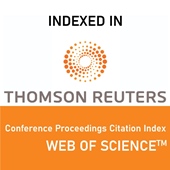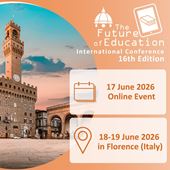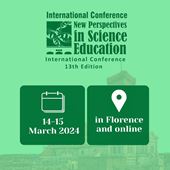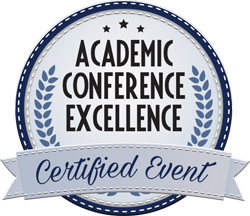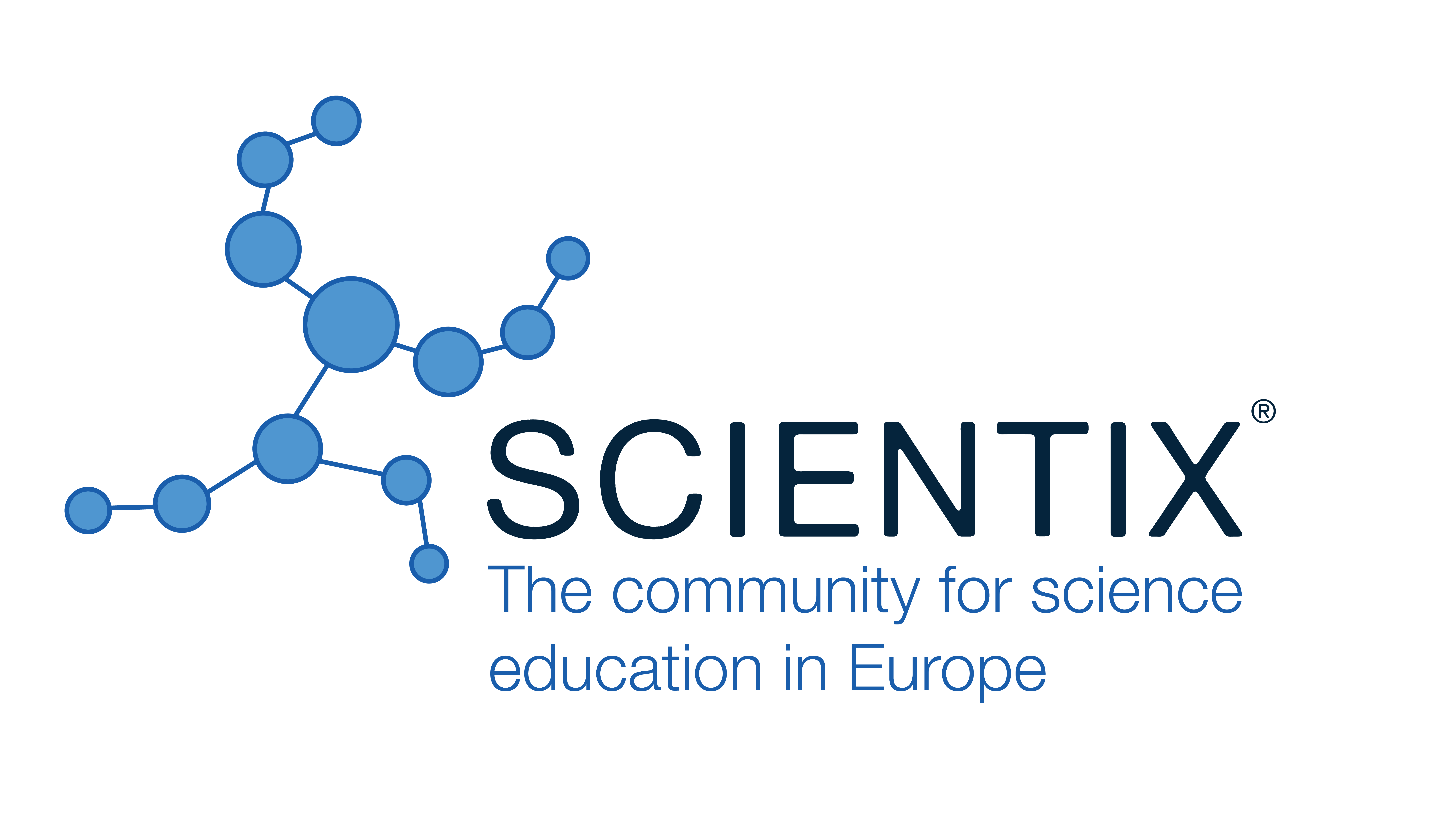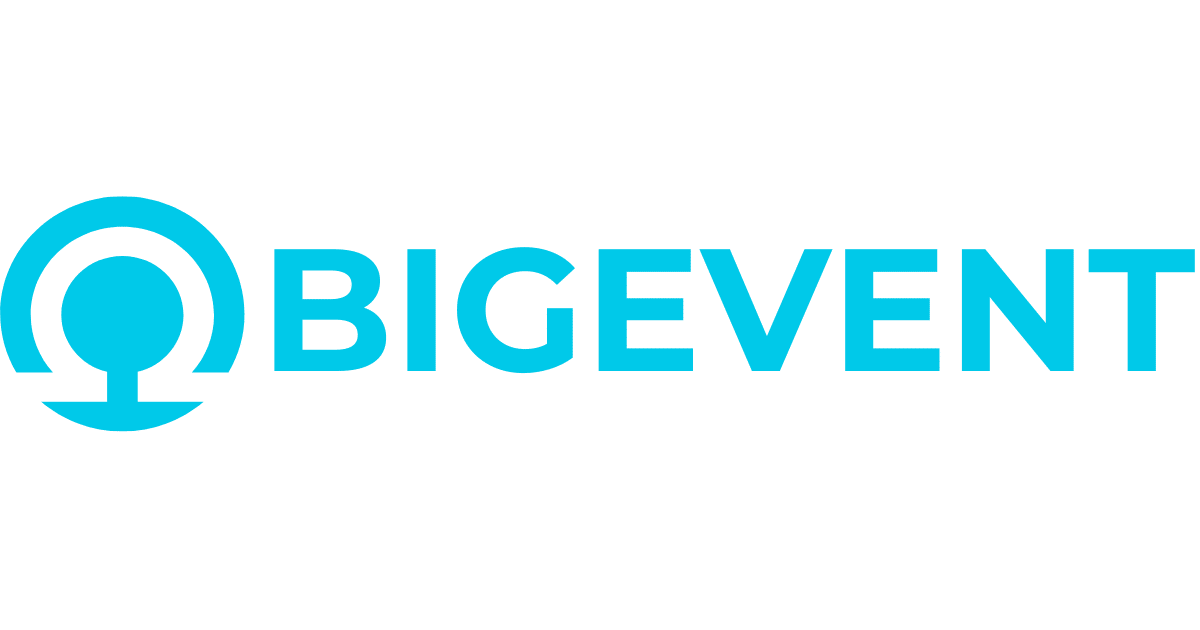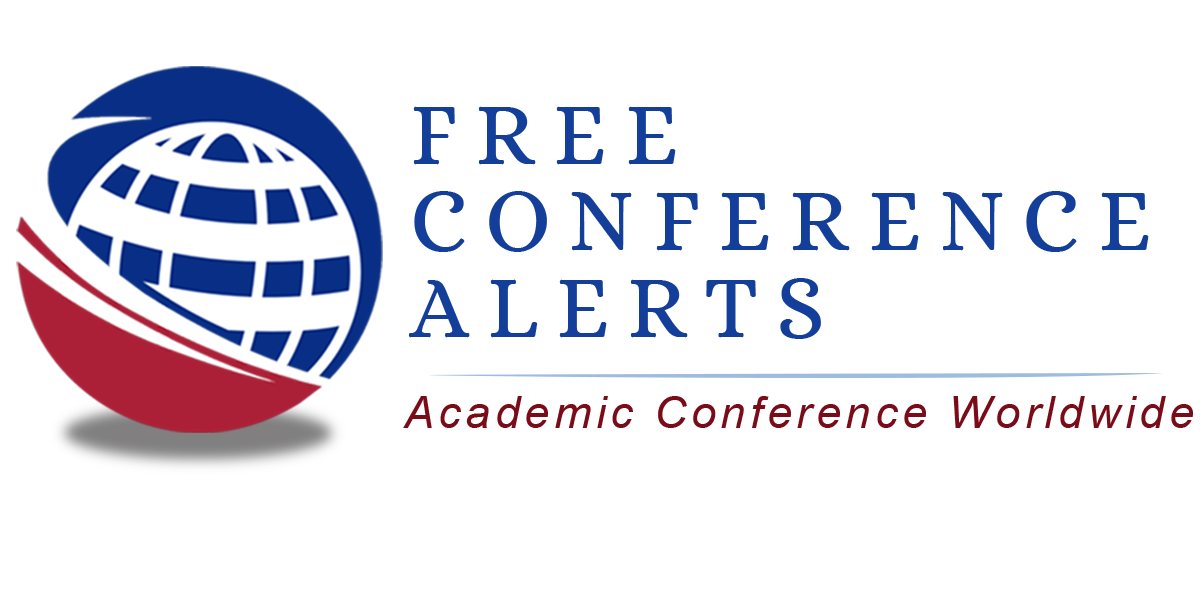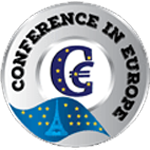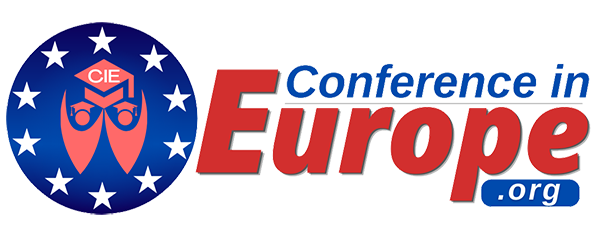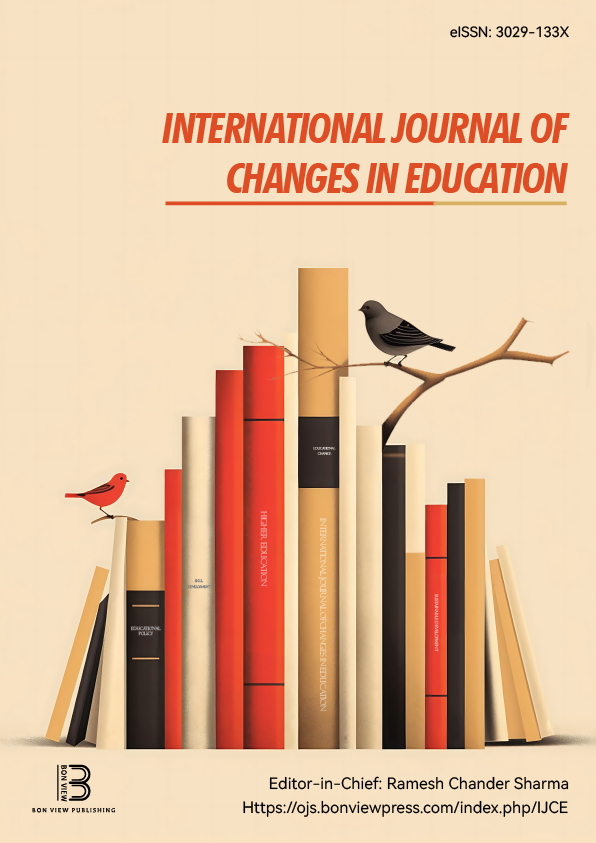Stupid Monsters in Northern Norway: Interculturality through Location-based Literature Teaching
Anne Lise Wie, Nord University (Norway)
Abstract
Interculturality and identity are pedagogical buzzwords in the Norwegian Curriculum. In addition to this, there is an increased international focus on how both ways and writings of indigenous cultures may be included in curricula, which is a challenge we as educators need to address. This presentation shows how traditional folklore may contribute to meeting this challenge. Odysseus describes his encounter with the Cyclops Polyphemus in the Odyssey [2], and although the Cyclops is larger and stronger, he is deceived by the smaller hero Odysseus. This is a concept that is also found in folktales in the Northern Norwegian tradition. Folktale collectors from the region have written down different variations, both from Sami and Norwegian tradition. While the monster in the Sami texts is a stallo living in the mountains, in the Norwegian texts we encounter a terrible troll dwelling in a boathouse or a mill house. The Norwegian researcher Åmund Norum Resløkken argues that perspectives from actor network theory (ANT) can be used in studies of folkloristics [3]. Analysing folktales, the place where the story takes place will be important elements to understand them, and when compared to the similar concept in the folklore of other countries, contributes to not merely an understanding of one’s own identity, but also that of a common identity transcending local and international borders and time. Location-based literature teaching is a method where the literature teacher uses the learning arena outdoors to read literature. The Danish researcher Dorte V. Eggersen [1] points out how literature can arouse our attention to places, and how this attention can give a special dimension to the reading of literature. In this presentation, we will look more closely at how the stories about the stupid monsters are adapted to the nature and way of life of northern Norway. The stories will be compared in order to show similarities between Homer and regional tales, and addressing the question: What may these stories offer children in rural areas today?
Keywords: Folklore, The Odyssey, Location-based literature teaching, identity
REFERENCES
[1] Eggersen, Dorte Vang. (2022). Stedsopmærksom litteraturlæsing i skolen. Viden om Literacy, nummer 2 oktober 2022, Nationalt Videncenter for læsing, 6-12.
[2] Homer. (2001). Odysseen. Retold by P. Østbye. Gyldendahl Norsk forlag.
[3] Resløkken, Åmund Norum. (2018). Troen på folketro – Perspektiver på ANT i folkloristisk forskning. Novus Forlag: Tidsskrift for kulturforskning. Volum 17 (2), 27-43. (Troen på folketro. Perspektiver fra ANT i folkloristisk forskning 10.12.2024)
 The Future of Education
The Future of Education
